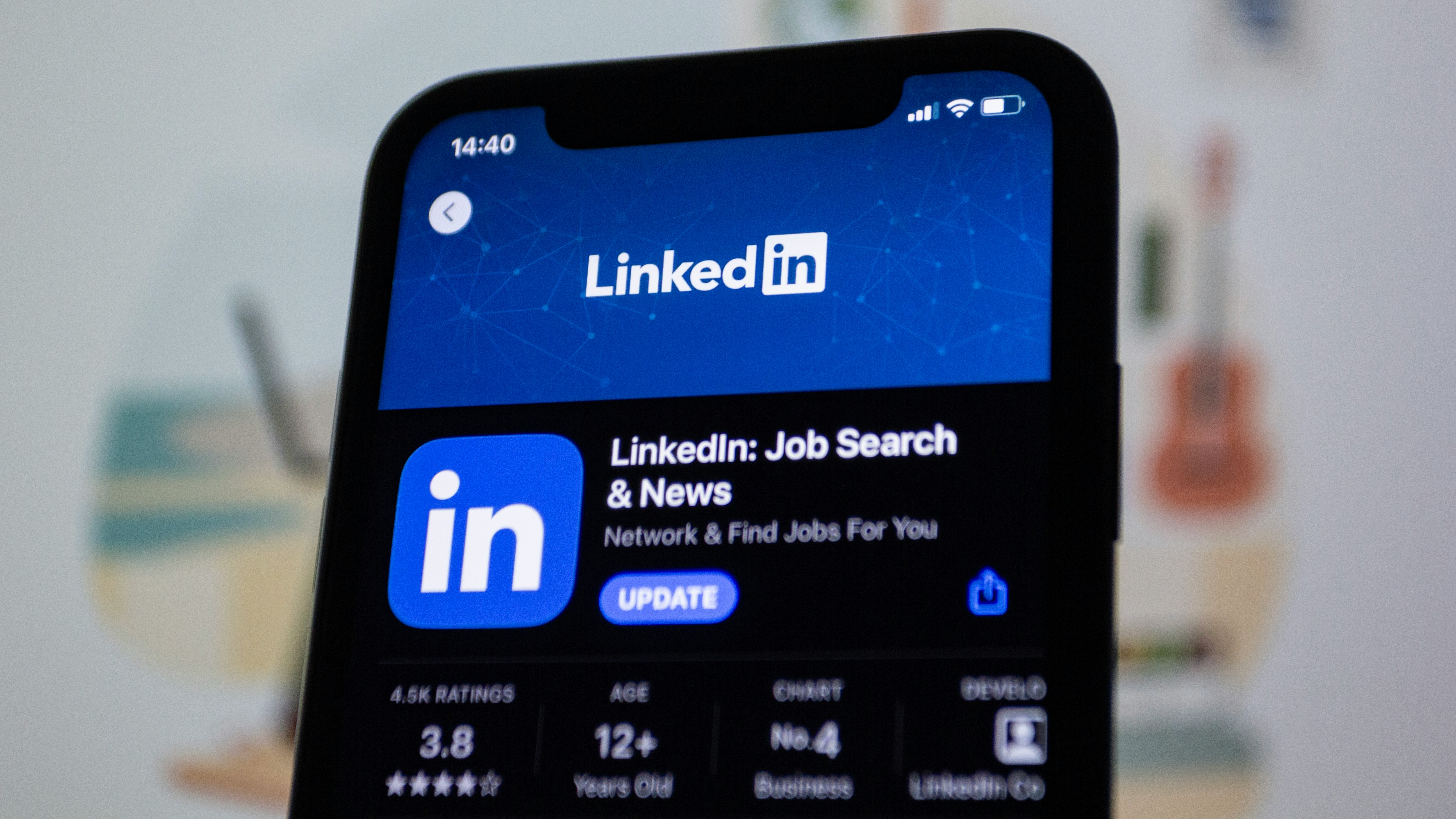
How to Find Hidden Data Engineering Jobs in the UK Using Professional Bodies like BCS, IET & More
As UK organisations continue to scale their data capabilities, the role of the data engineer has become one of the most vital in the digital economy. From designing pipelines and managing infrastructure to enabling machine learning models, data engineers are the backbone of every data-driven organisation. But while demand is high, the most rewarding roles are often never posted publicly. In this article, we’ll show you how to discover hidden data engineering jobs in the UK by strategically engaging with professional bodies like the BCS, IET, TechUK, and UK data communities. By joining specialist groups, attending CPD events, and using member directories, you can unlock a wave of unseen job leads—and connect with hiring managers long before roles are advertised.











